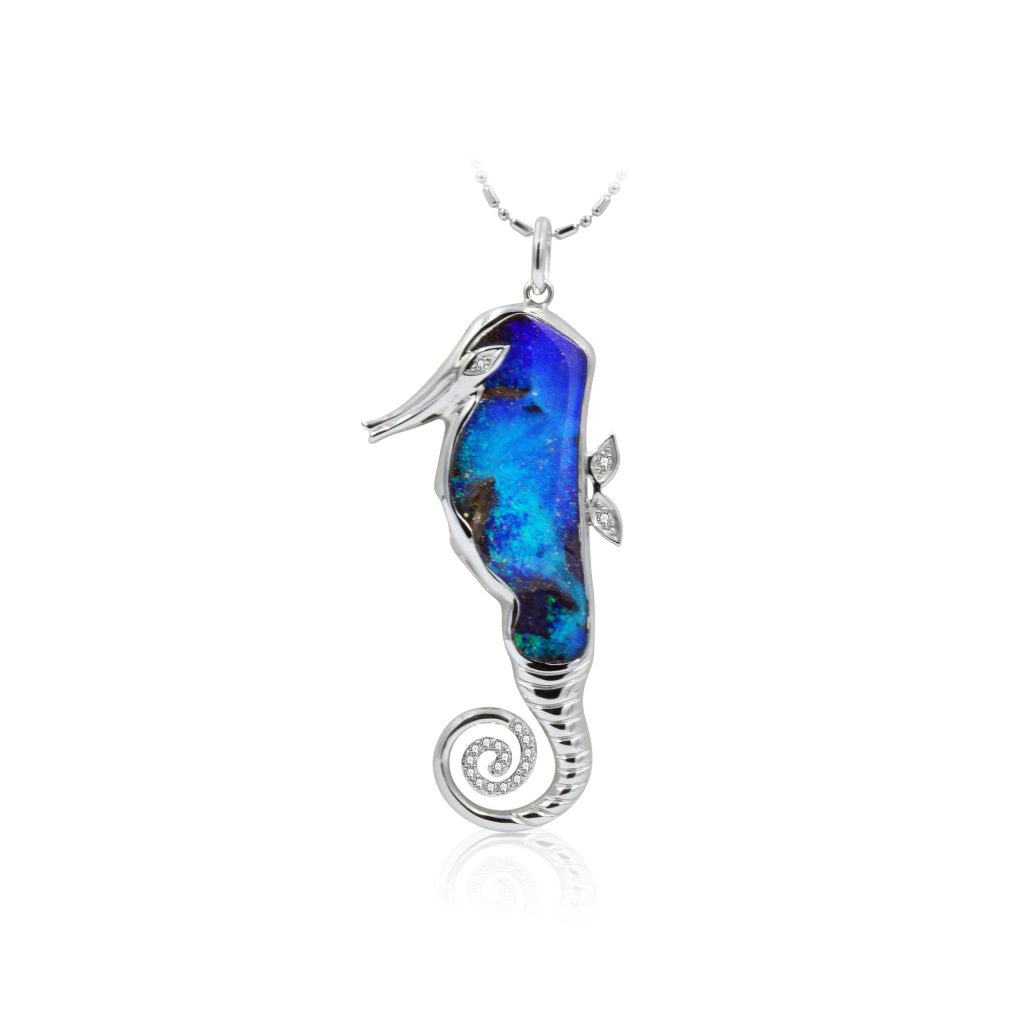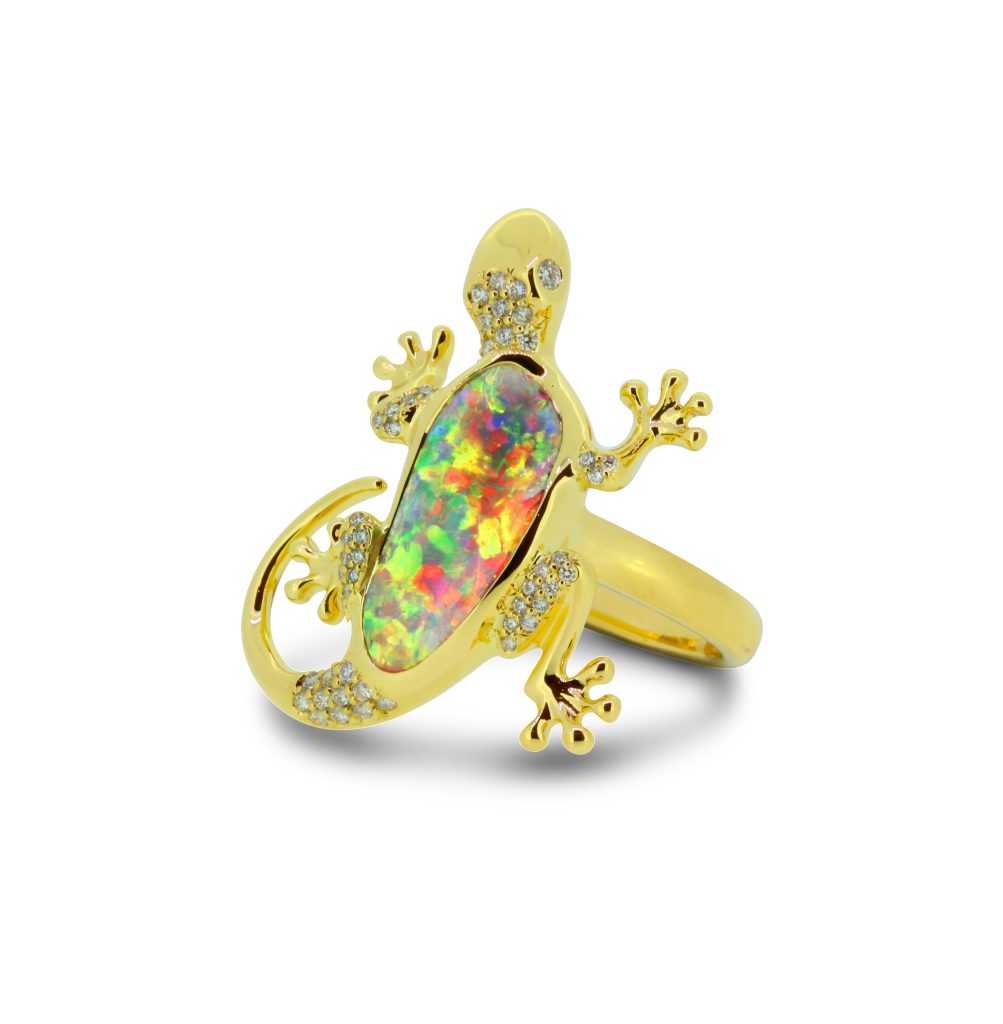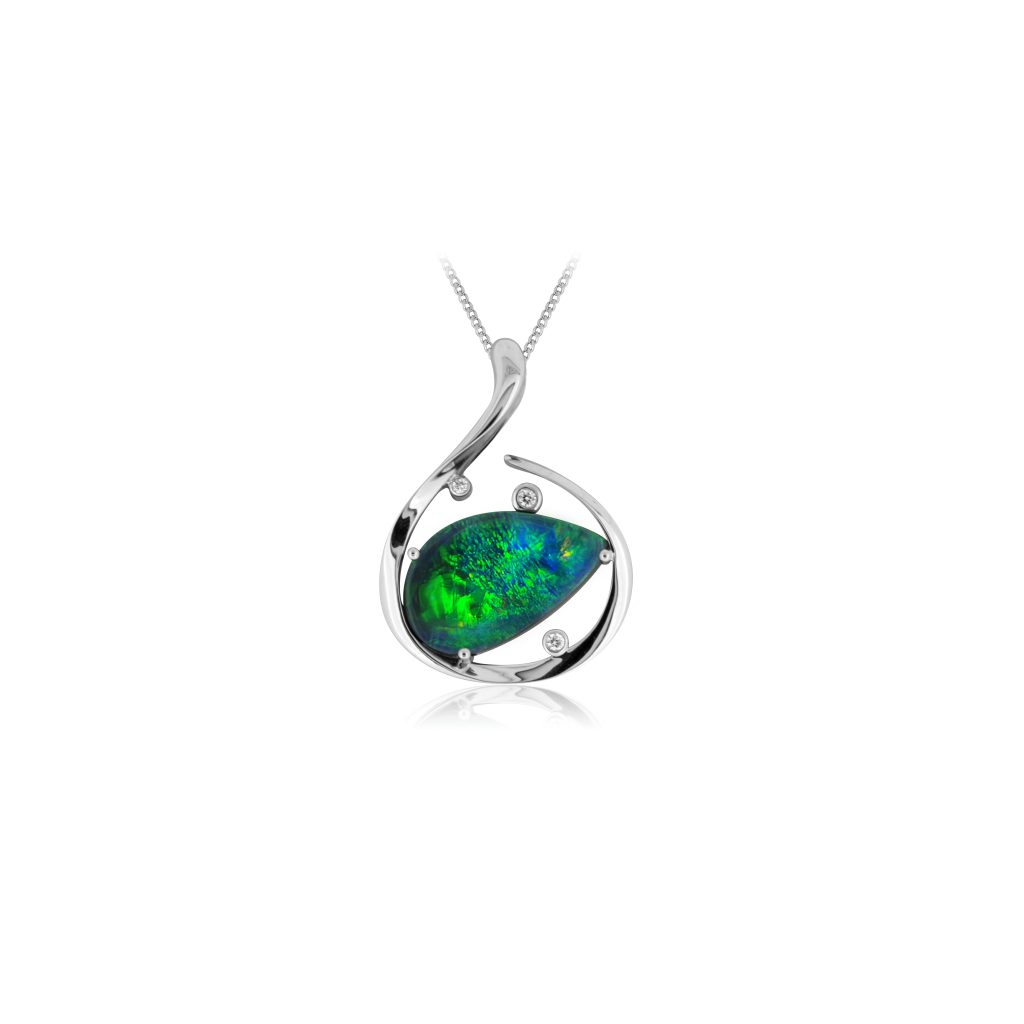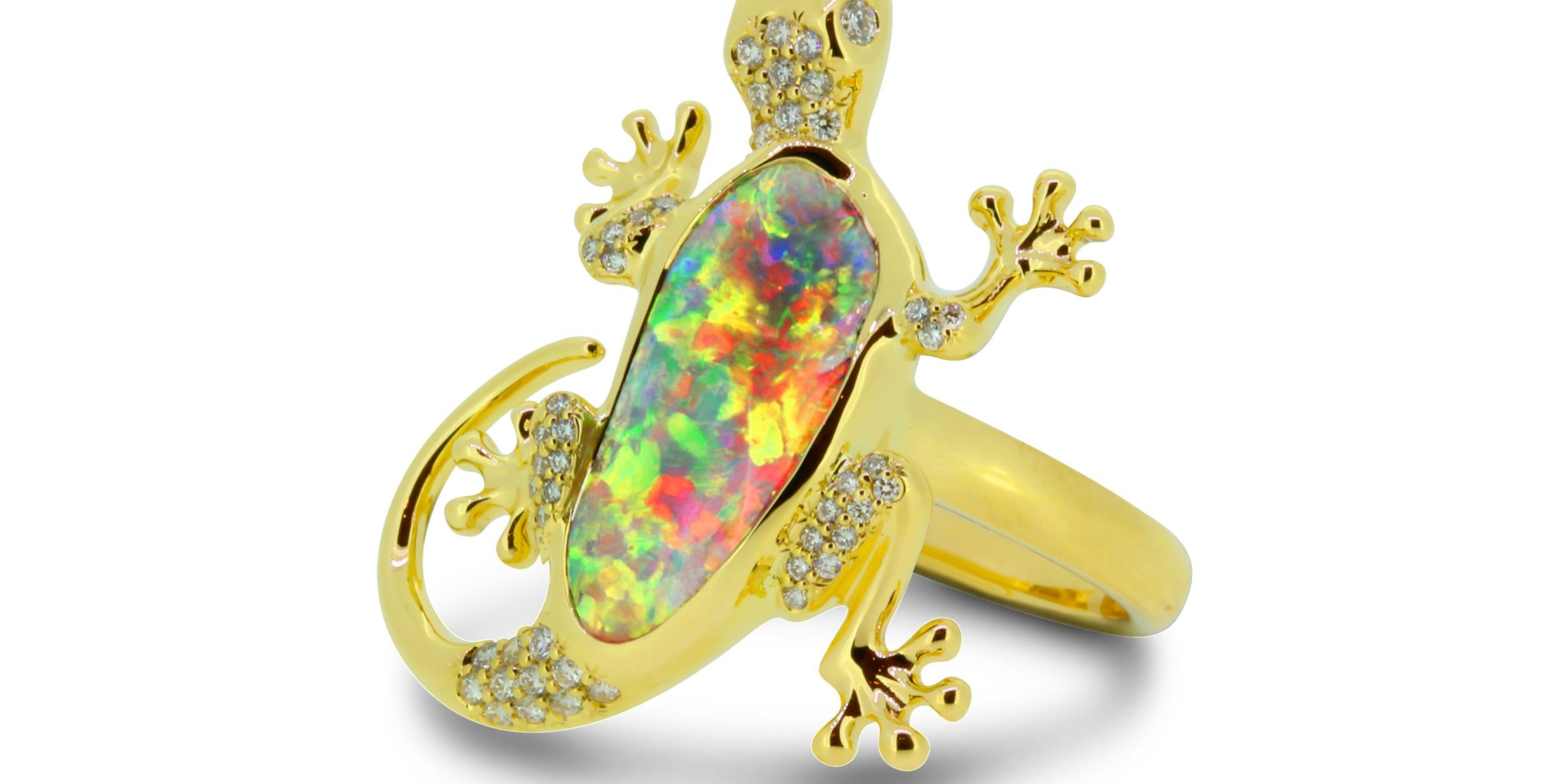Opal is Australia’s National Gemstone, with each of Australia’s major opal fields having its own distinctive geology, opal types, fossils, landscape, natural and cultural heritage. This panoply of treasures, unique in the world, is the consequence of a freakish combination of geological conditions (Rey 2013). Gemstone laboratories and industry participants, educators and opal enthusiasts look to the Great Southern Land for knowledge and leadership on all matters opal.
Yet there is no Australian institution dedicated to opal science, art, heritage and culture; no center for opal-related education, training or industry development; no public collection of the country’s magnificent national gemstone. Despite the passion and hard work of opal industry members over many years, Edmund Murphy’s words still ring true.
An Australian public institution dedicated to opal is long overdue and at the Australian Opal Centre, industry and Community members are together making it happen.
The Australian Opal Center has already assembled the world’s premier public collection of opalized fossils from the Age of Dinosaurs. It has become the leading repository for relics of the history and heritage of Australia’s outback opal fields, has one of the world’s most complete collections of opal-related publications, is a key provider of opal-related knowledge services and has well-advanced plans to construct a building that will be a 21st century architectural icon and a long-awaited center of excellence for opal.
Australian opal produces some remarkable geological specimens.



This is largely due to the unusual set of geological circumstances during its formation. Opal specimens have been found which take the shape of other minerals, including calcite glendonites after Ikaite. Some specimens have ancient water encapsulated within them, while opals from all fields have been found to contain microbes. Occasionally opals display pictures such as animal shapes or landscapes.
Extraordinary collection items also include a hypsilophodontid femur which has tooth-like structures embedded in the bone, suggesting an attack from which the animal survived – as the bone has grown around the injury.
When “Nessie”, a three-meter opalised pliosaur, was discovered (photo page 15), there was also evidence of its last supper; opalised fish vertebrae and a belemite cone (a squid-like animal) were found, together with gastroliths (stomach stones).
At cosmopolitan Jewellers, you can find a beautiful collection of Opalised Fossil Seashells, Belemnite and Opalised Fossil Wood. Visit their luxurious showroom in the heart of The Rocks Sydney.
You can find the beautiful Australian Solid Opals in our Sydney store. We are Australia’s largest retailer of designer Black Opal, Boulder Opal and Crystal Opal jewellery. We only carry solid Opals and do not sell doublets or triplets. We have the finest quality Opals at the most competitive price. We have unset Opal stones, Sterling Silver Opal jewellery, as well as 18k gold and platinum Opal jewellery.
We have the largest collection of Opal earrings, Opal rings, Opal pendants, Opal bangles and Opal bracelets in Sydney. We are also licensed Duty Free.







